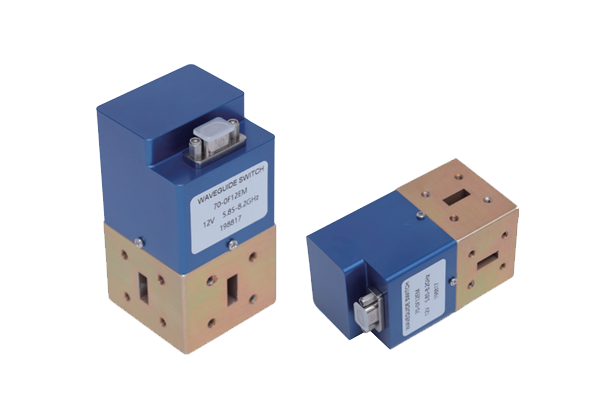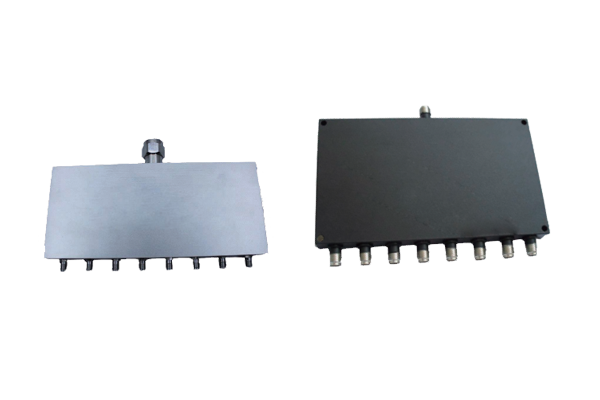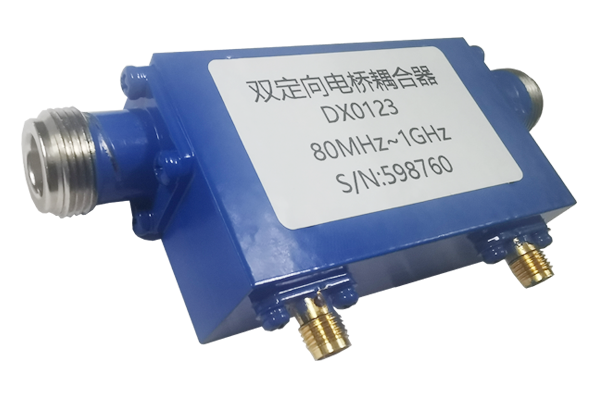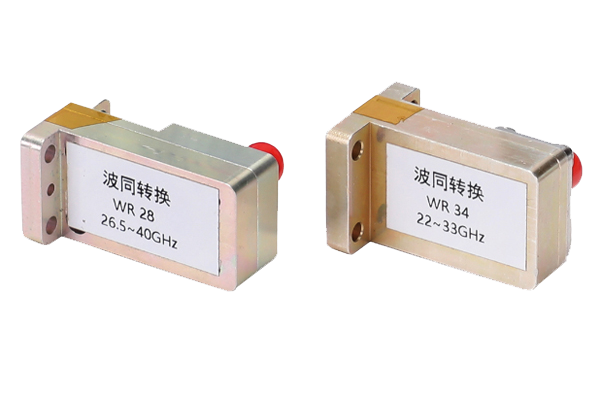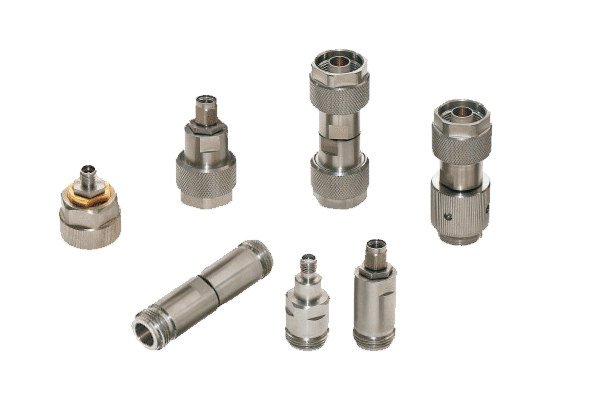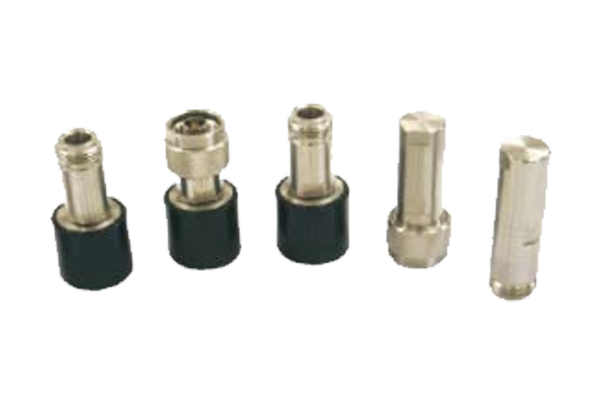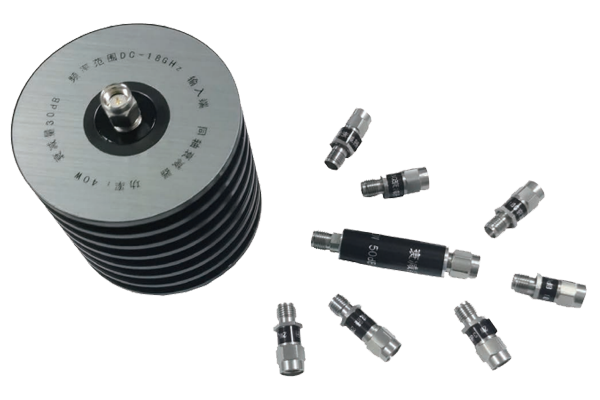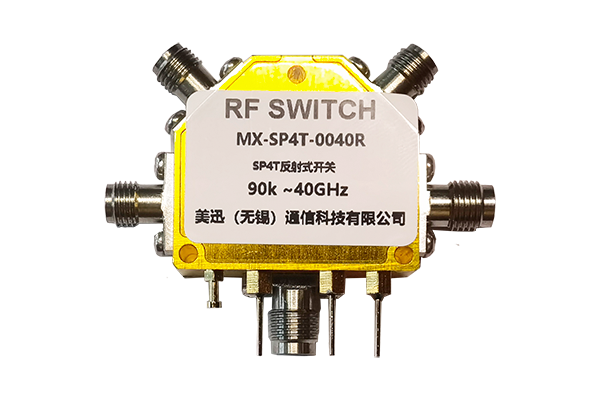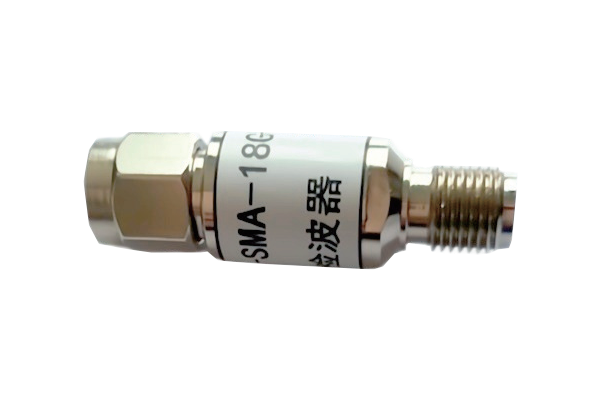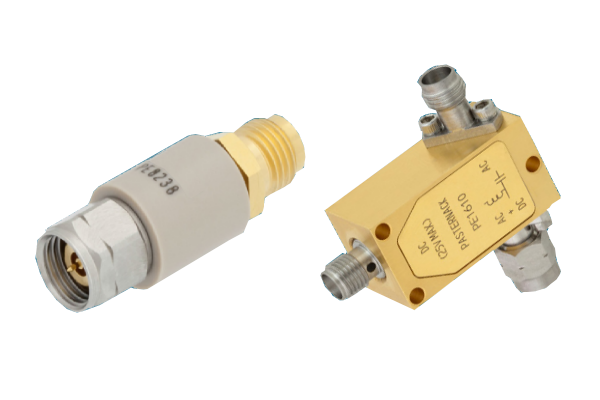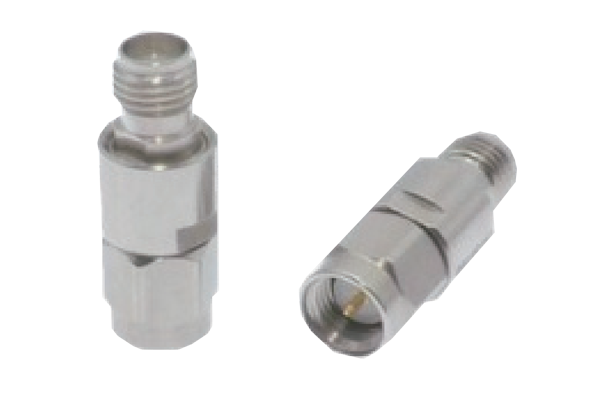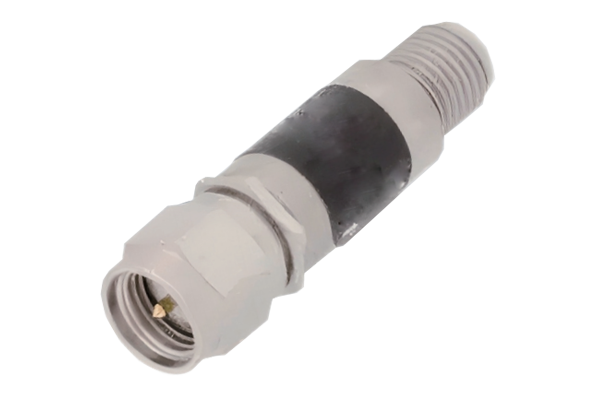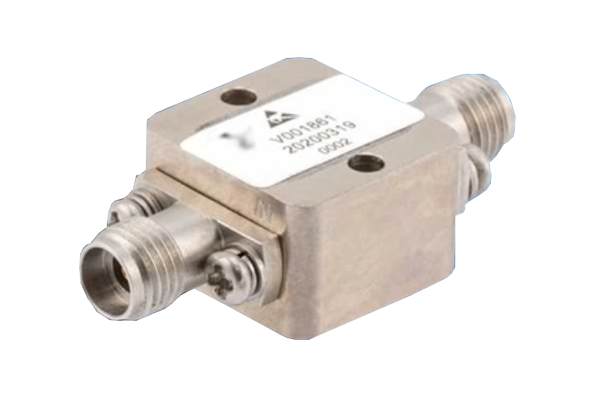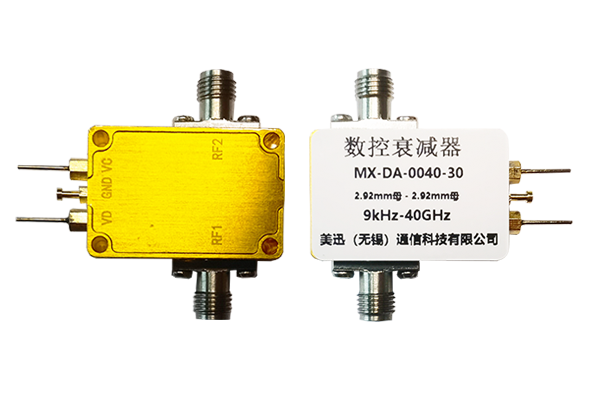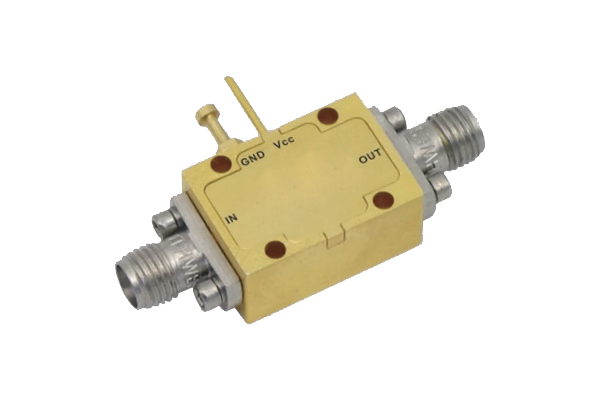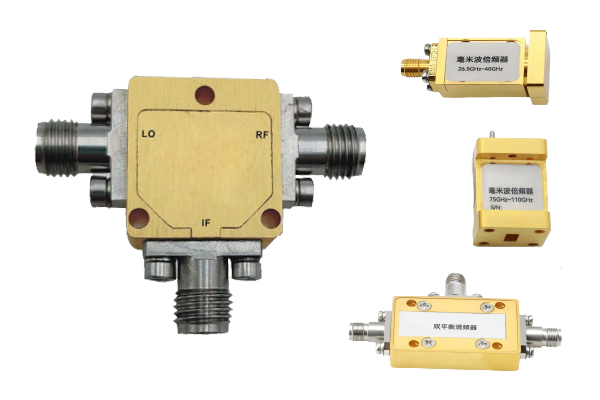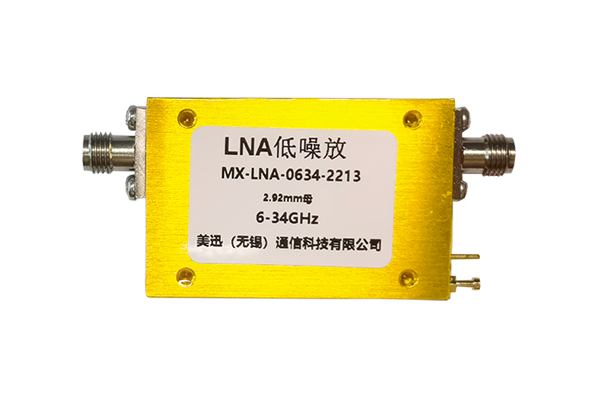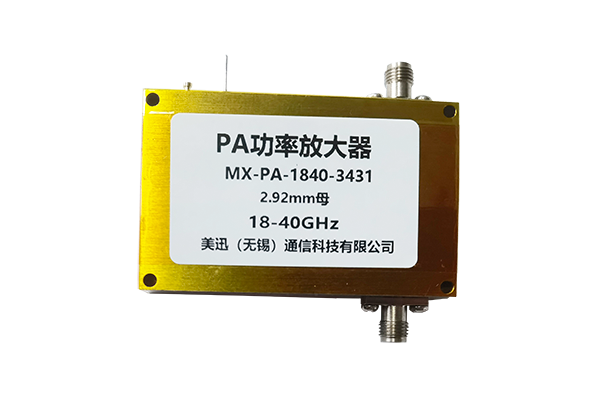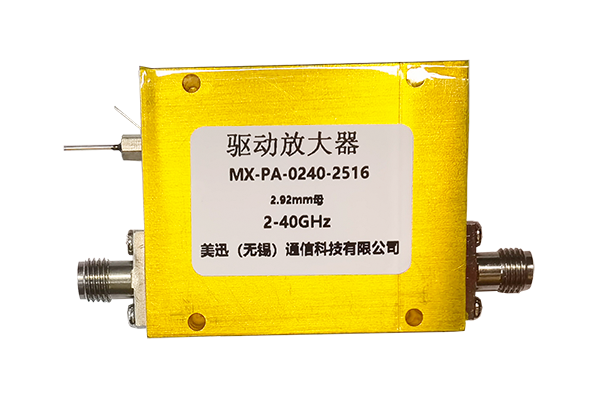What is the working principle of a waveguide switch
Waveguide Switch Technology
A waveguide switch is a critical component in microwave and radio-frequency (RF) systems, designed to route electromagnetic signals between different waveguides. Its working principle hinges on manipulating the propagation path of microwaves through mechanical, electrical, or optical mechanisms, enabling signal redirection with minimal loss.
Mechanical Waveguide Switches
The most common type, mechanical switches, use physical movement to alter signal paths. For example:
Mechanical Switch Types
- Slide Switches: A movable metal piston or iris within the waveguide adjusts the impedance, redirecting signals to different ports.
- Rotary Joints: A rotating section of the waveguide aligns with specific output channels, like a rotary dial.
- Relay-based Switches: Electromechanical relays physically connect or disconnect waveguide segments, ensuring low insertion loss (typically <0.5 dB) and high isolation (>50 dB).
Solid-State Waveguide Switches
These use electronic components to control signal flow:
Solid-State Technologies
- PIN Diode Switches: PIN diodes embedded in the waveguide act as variable resistors. Forward-biased diodes allow signal transmission, while reverse-biased diodes block it, enabling fast switching (nanoseconds) but with higher loss (~1–2 dB).
- FET Switches: Field-effect transistors (FETs) regulate current flow to redirect signals, suitable for low-power applications with moderate switching speeds.
Ferroelectric and MEMS Switches
- Ferroelectric Switches: Materials like barium strontium titanate (BST) change permittivity under an electric field, altering wave propagation.
- MEMS Switches: Micro-Electro-Mechanical Systems use tiny movable structures (e.g., cantilevers) to block or allow signals, offering low loss and high reliability but requiring precise fabrication.
Key Operational Principles
- Impedance Matching: The switch must maintain consistent impedance (e.g., 50 Ω) to minimize signal reflection.
- Isolation: Output ports must be electrically isolated to prevent crosstalk (e.g., >30 dB isolation at microwave frequencies).
- Switching Speed: Ranges from milliseconds (mechanical) to nanoseconds (solid-state), depending on the application (e.g., radar vs. telecom).
By leveraging these mechanisms, waveguide switches enable dynamic signal routing in applications like satellite communications, radar systems, and microwave test equipment, ensuring efficient and reliable RF signal management.




